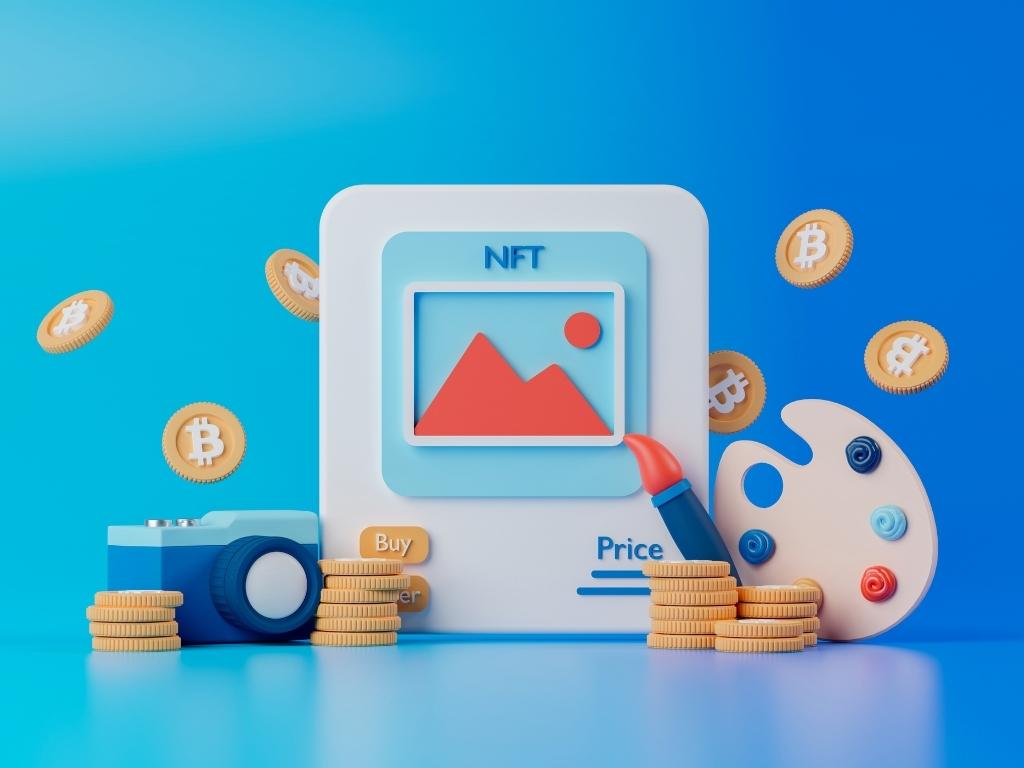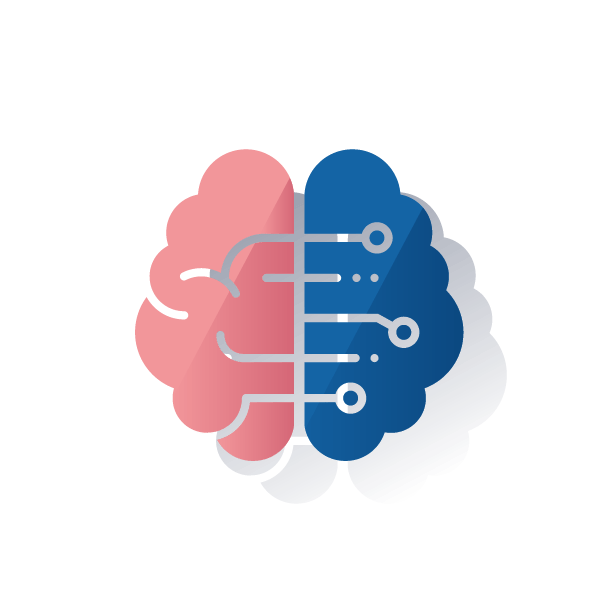Generative Artificial Intelligence creates NFT

Artificial Intelligence is capable of differentiating and interpreting already existing objects since its task is to simulate human intelligence. However, Generative AI, based on machine learning algorithms, is being developed to create content such as artwork, text, images, video and even music from scratch.
This type of AI is a generator of NFTs, non-fungible computer-generated tokens, which are becoming increasingly popular within the artistic community, hand in hand with other emerging technologies such as blockchain and metaverse. For the creation of NFTs by AI, generative adversarial networks are used, i.e., algorithms that leverage computer data to produce art-like images, allowing the user to choose the desired style.

Artificial intelligence: what is and how we face it
We speak of “Artificial Intelligence” (AI) when we refer to those machines or devices that are equipped with an intelligence similar to that of human beings. This term was used for the first time by the computer expert John McCarthy in 1956 and, despite the earliness of the announcement and the time that has passed, it is still not very common to find in our current environment.
NFTs are digital works that can be bought and sold like any other type of property, only they have no tangible form. It is worth noting that this industry, although new, is growing by leaps and bounds. In 2021 alone, NFT sales reached US$25 billion, with art sales having the greatest impact. Leading auction house Christie’s reported the sale of more than $93 million worth of non-fungible tokens during its fourth annual Art+Tech summit in August of the same year.
Moreover, the Generative Artificial Intelligence market is expected to grow at a compound annual growth rate of 20% by 2025.
Examples of innovation
- The Autoglyphs project, was launched in 2019 and corresponds to the first ever “blockchain” generative NFT “on-chain” art.
- A very popular generative NFT was Chromie Squiggle, a blockchain generative art project, which sold for a hefty $2.44 million.
- Rephrase, is an AI-driven dubbing tool for videos and animations. Its generative AI learns people’s facial features when speaking and then builds realistic faces for specific text or audio.
- Synthesis AI, is a tech startup that develops artificial intelligence software for generating image data. Its intelligence is capable of creating digital human faces.
- Apulis, is a platform that uses data processing and deep learning algorithms, where users can develop AI hardware, software and equipment.
- Art Blocks, is a generative cryptocurrency content platform hosted on the Ethereum
- OpenAI, is an AI research and implementation company. They have trained a neural network that creates images from text captions for a wide range of concepts expressible in natural language.
Related news
-

Examples of artificial intelligence
With a growth of more than 154% between 2019 and 2020, artificial intelligence is shaping up to be a major investment opportunity between 2021 and 2025.
-

Artificial intelligence helps cybersecurity
Cyber security is booming. The use of tools to improve the security levels of companies and users continues to evolve with the use of artificial intelligence to protect, prevent and respond to cyber attacks

















